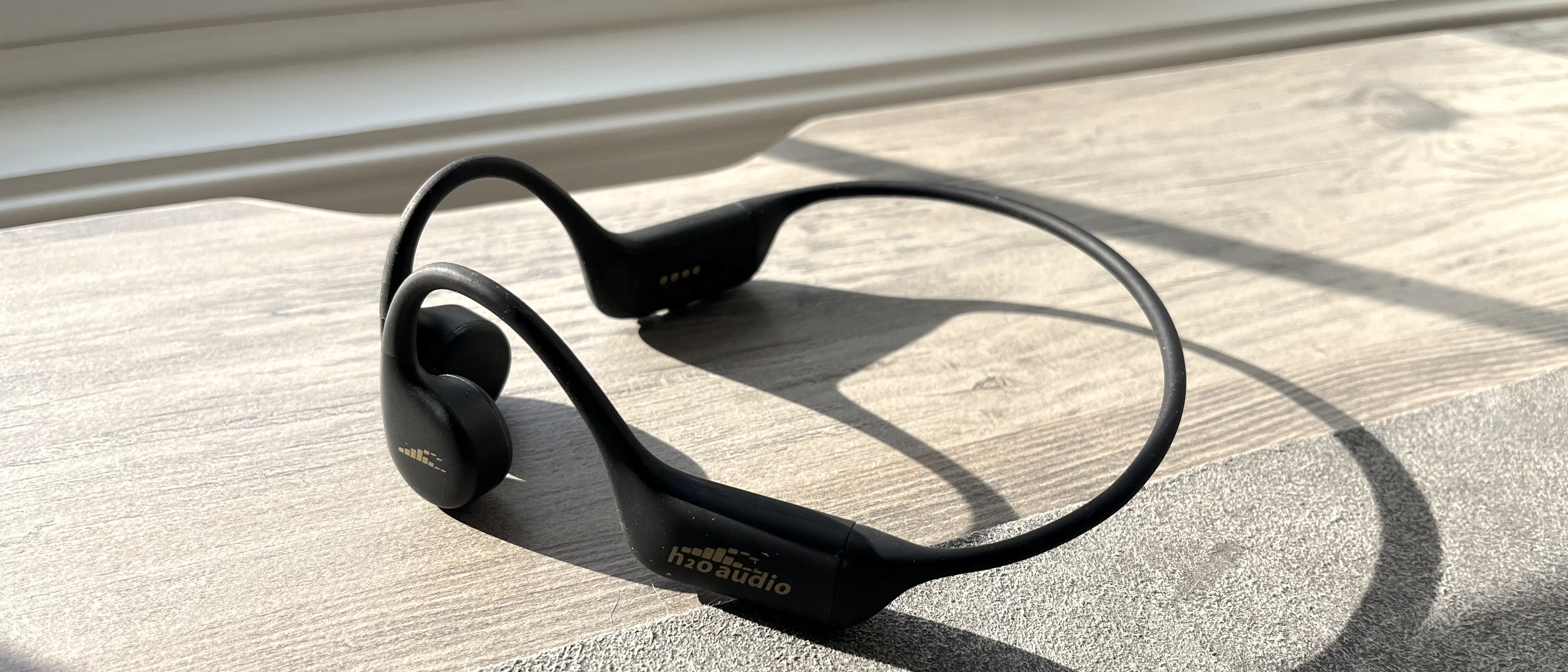TechRadar Verdict
The H2O Audio Tri 2 Pro Multi-Sport might be a little expensive, have some response issues with the buttons, and lack when it comes to calls, but they’re still stellar for use for long runs and swims. That’s because they sound good while minimizing the discomfort bone conduction headphones often have. It’s also due to the onboard storage, MP3 player, and ability to add streaming playlists to that onboard storage.
Pros
- +
Very lightweight and stable
- +
Playlist+ is a great feature for anyone wanting to not use their phone
- +
Waterproof
- +
Issues with bone conduction vibration minimized
Cons
- -
Not the most responsive controls on secondary functions
- -
Price is a bit high
- -
Not great on calls
Why you can trust TechRadar
H2O Audio Tri 2 Pro Multi-Sport: Two-minute review
There might not be a better set of headphones for triathletes than the H2O Audio Tri 2 Pro Multi-Sport. Their lightweight frame, flexible build, and host of features, particularly the Playlist+ feature that lets you record a playlist from a source directly to the headset, make it better than the best open earbuds or the best wireless earbuds for use in the water. There’s also a case to be made for considering these over the best running headphones if you’re looking for something specifically for races, marathons, or even a lengthy jog.
Being bone conduction headphones, the H2O Audio Tri 2 Pro Multi-Sport aren’t going to be the best sounding option out there,but they sound better than most bone conduction headphones I’ve used. And having completely uncovered ears is crucial if you need to hear your surroundings when on the trail or running alongside traffic.
That said, there’s still some room for growth, as I’ll go into in a bit, and the price is on the higher side for this form factor. But, triathletes, swimmers, and anyone that hates plugging up their ears during a workout (they work well in the gym as well) will get a lot out of the H2O Audio Tri 2 Multi-Sport.
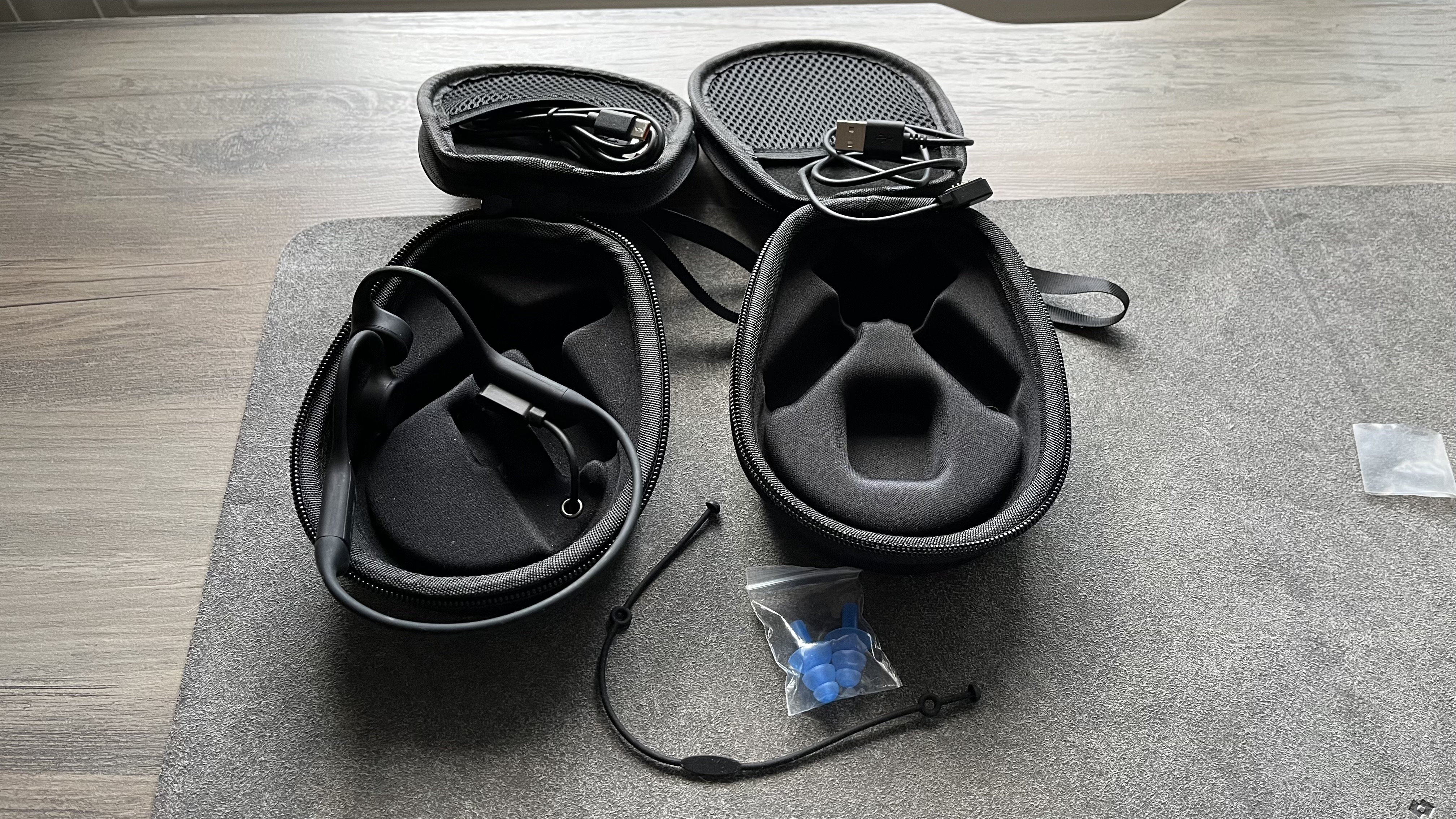
The Tri 2 Pro Multi-Sport, at 3.2 grams, is very lightweight. It wraps around the back the head with a frame that can be twisted this way and that, not to mention has plenty of clearance in the back to fit all sorts of head shapes and sizes (and also handle plenty of abuse). It’s extremely stable and doesn’t move at all even with rapid head movements.
Its matte black rubberized covering offers an essentially waterproof IPX8 rating, which is one of the things that makes it so good for use in the water. Its charging port is a unique proprietary one, most likely to keep the headset fully waterproof.

The downside of the thick covering comes when trying to manipulate the controls, of which there are three: volume down, power, and volume up. The headphones are somewhat slow to respond, especially when trying to use secondary functions, which are triggered by either a double press or a long press. On top of that, if the double press isn’t quick enough, it just registers as two successive single presses.
This is particularly frustrating when trying to switch from Bluetooth to on-board memory in the middle of a run, or when trying to use the Playlist+ feature. I ended up having a few moments of silence that I didn’t mean to record along with the beginning of another song when testing this feature because my presses weren’t always registering.
On the bright side, the H2O Audio Tri 2 Pro Multi-Sport comes with 8GB of storage and a built-in MP3 player that allows about 2,000 songs to be loaded for use when you can’t or don’t want to bring your phone, such as in the water where Bluetooth connectivity doesn’t work well. This is all bolstered by the Playlist+ feature, which essentially live records whatever you play through the Bluetooth connection once engaged and turns it into an MP3 loaded onto the headphones.
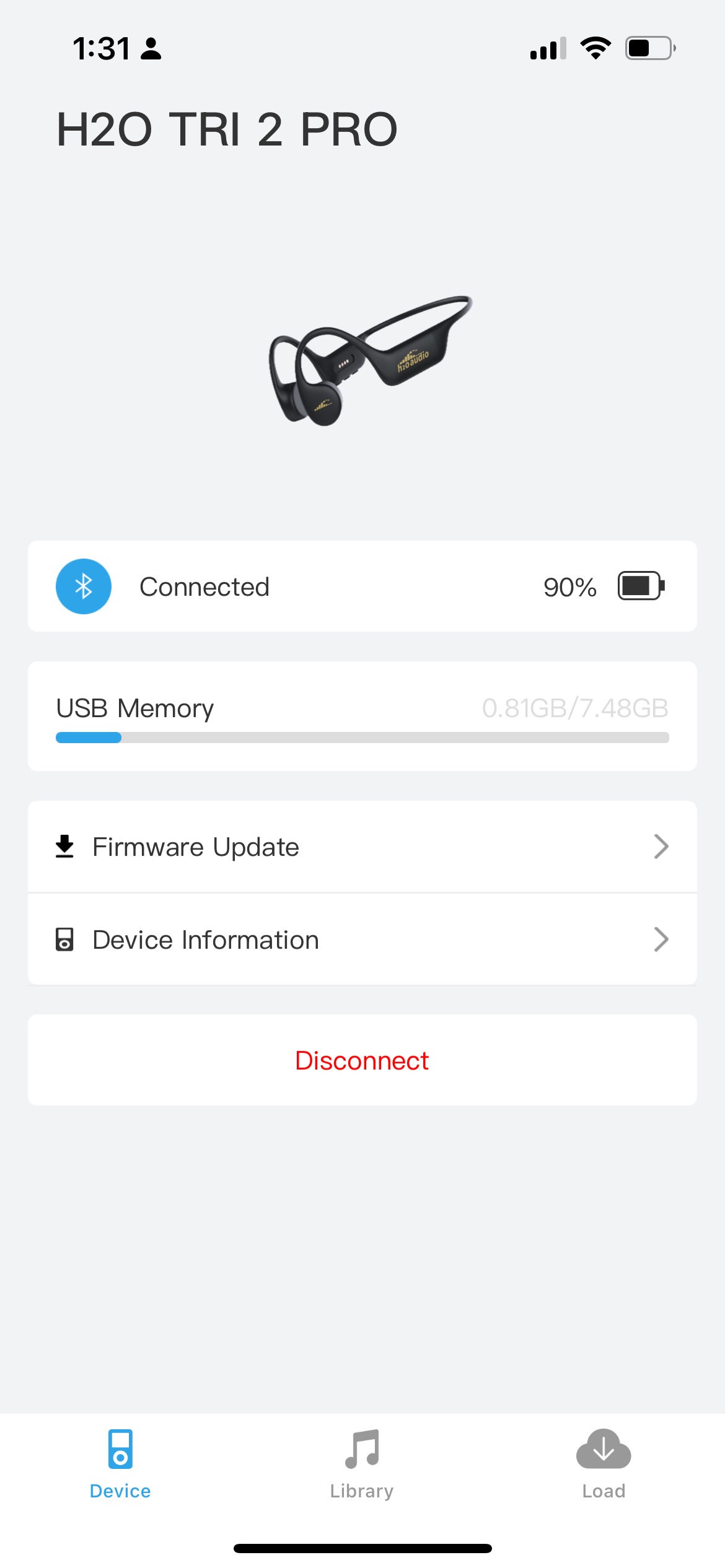

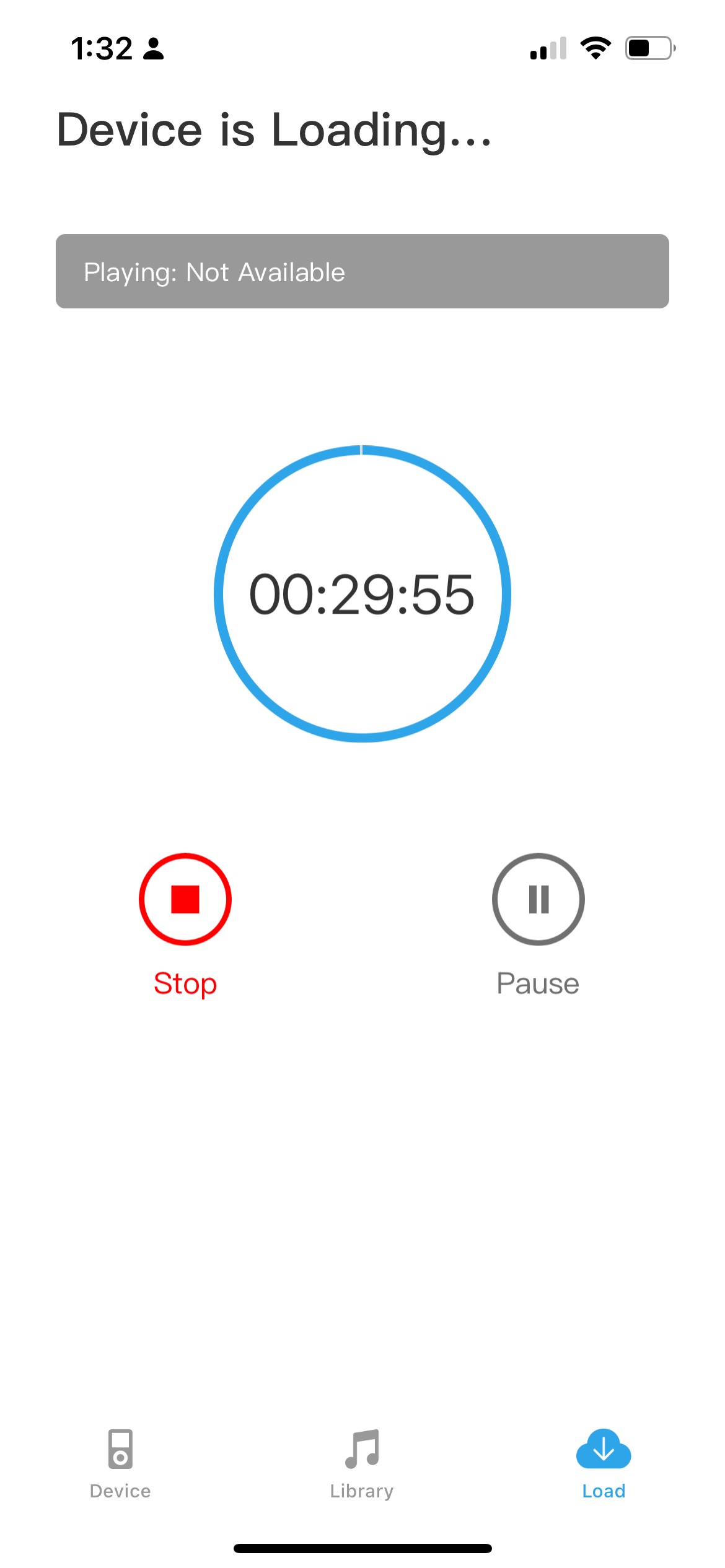
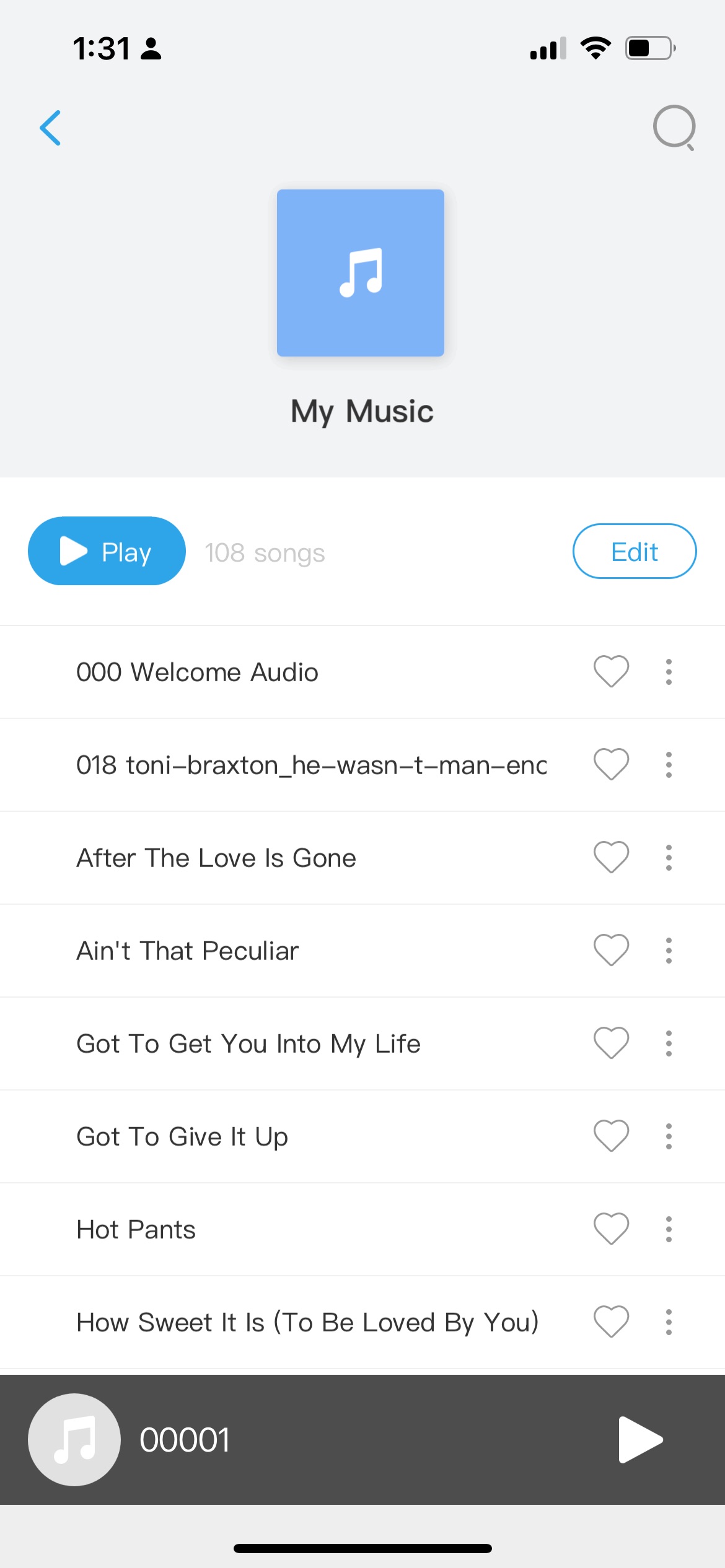

Of course, if you run a whole playlist while doing this, it basically registers it as one song, so if you want to skip from song to song, you’ll have to start and stop for each song. Still, it’s a welcome way to add music to the onboard storage without buying MP3s.
Since using the buttons can be problematic, engaging the Playlist+ feature and getting exactly what I wanted was a bit of a chore as I ended with the beginning parts of the last song cut off while I was trying to stop the feature without initial success.
Doing that through the app where I could control by pressing on the app was much easier. In general, the app was easy to navigate. My only gripe with the app is that I have to switch from Bluetooth mode to memory mode to see what’s stored on the headphones and then back again to use the Playlist+ feature.
Before I dig into the overall sound quality of the H2O Audio Tri 2 Pro Multi-Sport, I want to talk about the vibrations of it and bone-conduction headphones in general. These types of headphones transmit sound by essentially vibrating the frequencies through the high cheek bones. The benefit of this is that it leaves your ear completely untouched so you can hear everything around you – even transparency mode on wireless earbuds aren’t as good. Check out our guide to how bone conduction headphones work for more details. The drawback is that at higher volumes, the vibrations can cause discomfort, sometimes even to the point of nausea. It’s the main reason that I typically don’t use bone-conduction headphones as my daily driver (I’m also only doing around three-mile runs, typically).
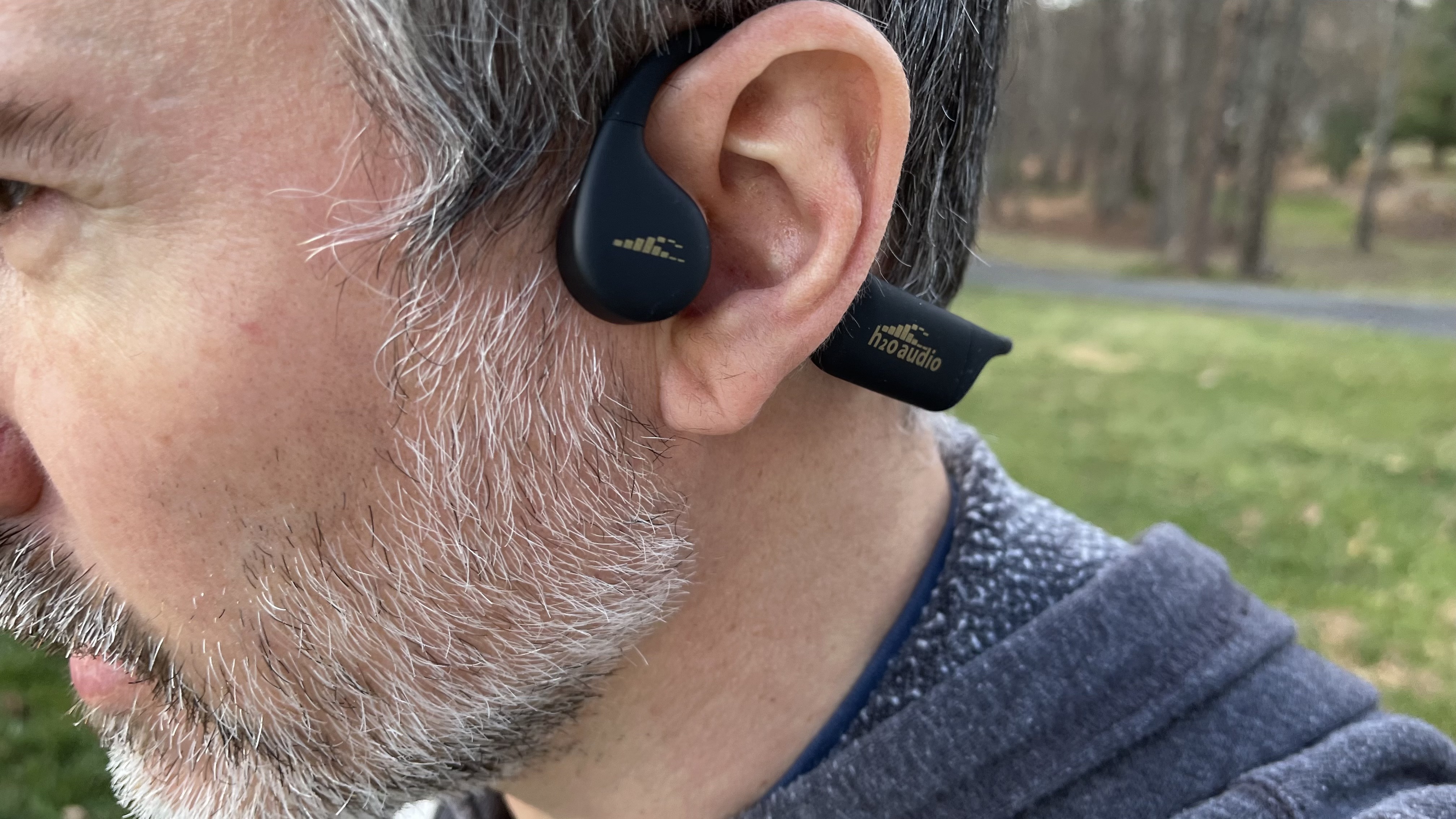
However, H2O Audio has somehow managed to greatly minimize this effect to the point where I only get a very slight discomfort at the highest settings, and even then it’s more annoying than anything else. Regarding the sound quality itself, it’s good but don’t expect hi-res audio. When using them during a run or even just around the house, they’re not going to have the detail and clarity of high quality earbuds. But, they do reproduce everything well enough.
There’s a decent amount of bass, though not a huge amount (it probably would create the discomfort issues I mentioned above). The midrange is nice and full, while the high-end is a little rolled off but doesn’t sound veiled. As is often the case with bone-conduction headphones, it’s good for the form factor and that’s good enough.
Interestingly enough, they sound better underwater when used with the provided earplugs. When I put the earplugs in before submerging, the audio gets boomy and somewhat indistinct, but as soon as I go under, everything sounds clear as day with tight bass and balanced mids and high end. It’s really quite something to experience.
While you can take calls with the H2O Audio Tri 2 Pro Multi-Sport, they’re not ideal for it as you’ll sound quiet and a bit far away. It’s not a huge deal breaker to me just because of the niche purpose of these headphones (and the fact that most earbuds are still just okay in this department).
Lastly, I want to mention the battery life as it offers nine hours of use (18 total if you spring for the charging case). Though something like the Shokz OpenRun Pro 2 offers 12 hours on a single charge, that’s quite good compared to what many wireless earbuds offer and is enough for a marathon, not to mention you won’t have to deal with discomfort of sweaty earbuds.
H2O Audio Tri 2 Pro Multi-Sport: Specifications
| Drivers | Not specified |
| Active noise cancellation | No |
| Battery life | Up to 9 hours (18 total with charging case) |
| Weight | 3.2g |
| Connectivity | Bluetooth 5.3 |
| Frequency range | 20Hz - 20kHz |
| Waterproofing | IPX8 |
| Other features | Playlist+ feature, MP3 player (8GB of storage), included earplugs |
H2O Audio Tri 2 Pro Multi-Sport: Price and availability
- How much does it cost? $199.99 / £155.68 (about AU$310)
- When is it available? Available now
- Where can you get it? Available in the US and UK
The H2O Audio Tri 2 Pro Multi-Sport’s price point of $199.99 / £155.68 is a bit pricey for a pair of bone-conduction headphones, but its price makes sense when you think about the fact that the original version of this tri-athlete-focused headset started at $149.99 (£128.00, AU$225.00) and the introduction of the Playlist+ feature added about $20/£20 to the price tag.
Bumping the price up thanks to some design upgrades makes sense as well, though I would have liked to see the Tri 2 Pro Multi-Sport keep the same price point as the Playlist+ enabled version 1 it replaced. If you have a little extra money to spend, there’s also a charging case available for an extra $49.99 (about £40 / AU$80).
Spending around $200 on bone conduction headphones is not unheard of. For example, the Suunto Wing has a similar price point at $199 / £169 / AUS $319. Of course, it doesn’t have the Playlist+ feature and its sound quality is underwhelming. However, it does offer up to 30 hours of battery life with its charging case. You get up to 18 with the H2O Audio Tri 2 Pro Multi-Sport only if you pay extra for the charging case.
- Price: 4 / 5
H2O Audio Tri 2 Pro Multi-Sport: Scorecard
| Attributes | Notes | Rating |
| Value | It’s on the premium side of the bone conduction market, so it’s certainly not a steal even if it’s worth the price tag. | 4 / 5 |
| Design | It’s lightweight and stable, not to mention comes with features that make it ideal for both water and land. | 4.5 / 5 |
| Performance | It sounds good, especially under water, and has more than enough battery life. | 4.5 / 5 |
| Average rating | For its purpose – being used on land and water – it’s nearly perfect, especially with its unique feature set. | 4.5 / 5 |
Should I buy the H2O Audio Tri 2 Pro Multi-Sport?
Buy it if...
You want headphones for use on land and in water
You can run with these, you can swim or dive with these, or you can do both. There aren’t a lot of headphones out there that fit this niche and do it well. This is one of them.
You want to be able to record your playlists onto your headphones
The unique Playlist+ feature H2O Audio included here lets you put your whole streaming playlist on the headphone’s storage so you can listen without your phone or a Bluetooth connection.
Don't buy it if...
You’re on a budget
The price is appropriate for what’s on offer, but the H2O Audio Tri 2 Multi-Sport is not a budget offering. If you’re limited on funds, there are cheaper alternatives out there.
You want Hi-Res audio
These sound good for what they are, but if you’re a stickler for audio resolution and quality, you can find other options (as long as you don’t need to use them in the water).
Also consider
Suunto Wing
The Suunto Wing goes for a similar price as the H2O Audio Tri 2 Pro Multi-Sport. And while the audio quality is not on par, the extended battery life (with its case) makes it a better option for longer races, such as Ultra marathons.
Read our full Suunto Wing review
OpenRock Pro
Despite the less-than-stellar audio performance, the OpenRock Pro are affordable with a comfortable fit, not to mention have a very long battery life, making them a good option for those that want that open-ear design for long runs and don’t plan on swimming.
Read our full OpenRock Pro review
How I tested
- Tested over a month
- Listened to different kinds of media
- Tested all the different features
I spent a month using the H2O Audio Tri 2 Pro Multi-Sport as my workout headphones. While using them, I listened to all sorts of genres from electronic and hip-hop to rock and acoustic music to get an idea of how they sound. I used them in various settings such as on a run and even under water. Check out our guide to how bone conduction headphones work for more details.
After testing, it’s clear that they serve their purpose well as they are, per the name, for triathletes, swimmers, and athletes in general who want to hear their surroundings while listening to music.
I’ve spent the last few years reviewing audio equipment and have spent even longer using my critical ear as a listener and musician to understand what does and doesn’t sound good.
- First reviewed November 2024

James Holland loves checking out gadgets of all sorts, whether it's audio equipment, laptops, or vacuums (especially of the robot variety), and does so for a number of Future Publications including TechRadar, Top Ten Reviews, Homes & Gardens, and T3. He's built up an expertise for in-depth reviewing over the last four years. When he's not putting in the work on the latest tech, he loves to travel, play music, and eat questionable food.
